Bree
"Before them rose Bree-hill barring the way, a dark mass against misty stars; and under its western flank nestled a large village. Towards it they now hurried desiring only to find a fire, and a door between them and the night."
Description
Some will tell you that Bree is old. Older than the Shire. Older than Minas Tirith. Older than Fornost. Older than the Havens. They tell that there has been a settlement here, on the Road, since the First Age of the World. And the Road passing through the Bree-land is ancient, for it was made by the Firstborn, long, long ago, when they passed this way heading West. For others Bree is younger, as they say that the Men of Bree are cousins to the Dunlendings, a folk of Men that long ago dwelt in distant dales in the far south and that eventually moved north, to live in the foothills of the Misty Mountains. Of course, if you ask a Bree-lander most of the above is just pointless chatter. Bree-hill has always been there, and if you want to know about history, you will be regaled with an infinitely detailed recounting of village gossip, marriages, births, deaths, things said in the taproom of The Pony, things not said when they should have been said, and so forth. Bree is the last little island of civilisation and warmth in the midst of the empty wilderness of the North. Step out the gates, and you are on the Road that leads out into the wide world beyond. The Bree-Folk are sensible, stay-at-home types; they leave wandering the Wild to adventurers and other strange types. They know what they already have and they cherish it. A traveller approaching Bree from the west will see the columns of smoke from its many chimneys rising into the sky before the prominent local landmark of Bree-hill. As they draw closer they will see a tall dark barrier running in a deep curve out from the hill and back around to it: a deep ditch with a thick and thorny hedge with closely interwoven boughs on the inner side. The Road passes over this dike by means of a causeway, and where the road cuts through the hedge it is barred by a large gate. Another gate sits at the southern corner of the tall barrier, where the Road runs out of the village. The gates are opened every morning, and closed at nightfall by gatekeepers who reside in small gate lodges next to each gate. Five hundred folk, Big and Little, live within the thorny hedge of Bree; perhaps half that again live near Bree-hill or south of the Road, but are still close enough to the village to stumble home from an evening at The Prancing Pony without risking life and limb. The townsfolk divide the town into Old-town and New-town, although no one living today has seen the construction of any of the newer buildings. The Bree-folk have no ruler. They elect a Reeve of Bree, who holds office for seven years and seven days, but they have little power, and are mainly charged with resolving disputes over property and livestock. Each village, including Bree, sends a councillor each year to advise the Reeve. The method of choosing a councillor varies from village to village: Staddle elects theirs; Combe sends the oldest villager who is still able to travel and still has some measure of wit; Archet has its own strange ways. Bree, in recognition of its size and importance, has a councillor and a Reeve; by tradition, if one is Big, the other is Little.History
The Bree-folk on the whole do not account for many scholars. History, and geography for that matter, are words that aren’t much used in the Bree-dialect, and books are a rare sight around here, almost as much as oliphaunts. And so it is that a definitive history of Bree is hard to come by. But while most are generally wary of “book learning”, not every Bree-lander is quite so wilfully ignorant. Take the Hobbit scholar Lemuel Heathertoes, for example: in the year 2921, Lemuel finished the compilation of his History of the Four Villages, a copy of which may be found in the Bree-Town hall. Any who can gain access to this book and have an interest to read it, will learn that Lemuel traces evidence of the existence of Bree back to the reign of the last king of Arnor. In the year 843 of the Third Age, the king ordered the construction of a ‘fortress and stables’ for the defence of travellers on the road. The text tells that nothing of this ancient fortress survives; it was likely besieged and destroyed during the middle years of the Third Age, probably during the sack of Cardolan in 1409, if not earlier. The fall of Cardolan was followed by plague, and Lemuel recounts how recorded incidents tell of the waking of evil things in the oldest barrows west of Bree. The book states that in the year 1300 or thereabouts, the first Hobbits came to this region from out of the East, and settled in the Bree-land. They chose to live mainly on the southeast slopes of the Hill, in the village of Staddle, and it is still a matter of debate today if that village was indeed founded by Hobbits, or if it was inhabited by the Big Folk before that. In time, more and more Hobbits passed through Bree, until in the year 1601 the Fallohide brothers Marcho and Blanco obtained permission from the King of Arthedain to settle in the then-abandoned lands west of the Old Forest. Many of the Bree-hobbits followed them across the Brandywine to their new home, and so the Big Folk moved into the farms and gardens (and sometimes even the holes) vacated in their stead. Among the historical facts that Heathertoes records as relevant to the history of Bree is the burning of the town in the year 1974, when armies of Orcs and Men attacked the kingdom of Arthedain. Bree-land was overrun, the Breefolk fled and hid in the Chetwood, until the armies of the South Kingdom arrived and broke the power of Angmar. The village was rebuilt in 1976, although some of those who survived the war chose to leave for the south instead of remaining behind in a ruined Eriador. Without a king in the North, the Bree-landers elected a Reeve to lead them and to administer their affairs, and that arrangement has lasted to the present day. A learned reader may recognise that the recorded line of Reeves is older, in fact, than the line of Stewards in Gondor. Bree prospered in the years that followed the defeat of Angmar, especially when Dwarves started to appear on the road in greater numbers. Serving their needs (and relieving them of their heavy gold) became one of the chief businesses of Bree, along with trade goods passing from the Shire through Bree and south to Tharbad. The town survived the Long Winter thanks to its sheltered farmland, but other towns of the region did not. Plague and bad weather and Orc-invasions left the surrounding land empty and barren. Heathertoes notes that as recently as 2800, it was not unheard-of for Orcs to attack as farwest as Bree, and the weapons of the Wardens — the town guards — were used in deadly earnest time and again. In the conclusions of his work, Lemuel Heathertoes ventures to say that is has been the close kinship of Bree and the Shire that helped both settlements to endure, when many other towns and villages in Eriador were depopulated and abandoned. Since Heathertoes completed his history, traffic between the Shire and Bree has fluctuated. In the first heady years after Bilbo’s return to the Shire, many bold Hobbits (and their coin) made it as far east as The Prancing Pony, only for most to return having their fill of the Wide World already. Since then, Shire-Hobbits are scarcer and scarcer and a day may come when even a small party out of the West will be the talk of the town. But not yet: there is still coming and going between Buckland and Bree, at least.Landmarks
Bree is a town full of interesting landmarks. Below you can find a map of Bree with all its landmarks.Early morning in Bree
The famous Prancing Pony inn
Bree at night
A view of Bree from the Southern gate
A view of Bree from the Western gate





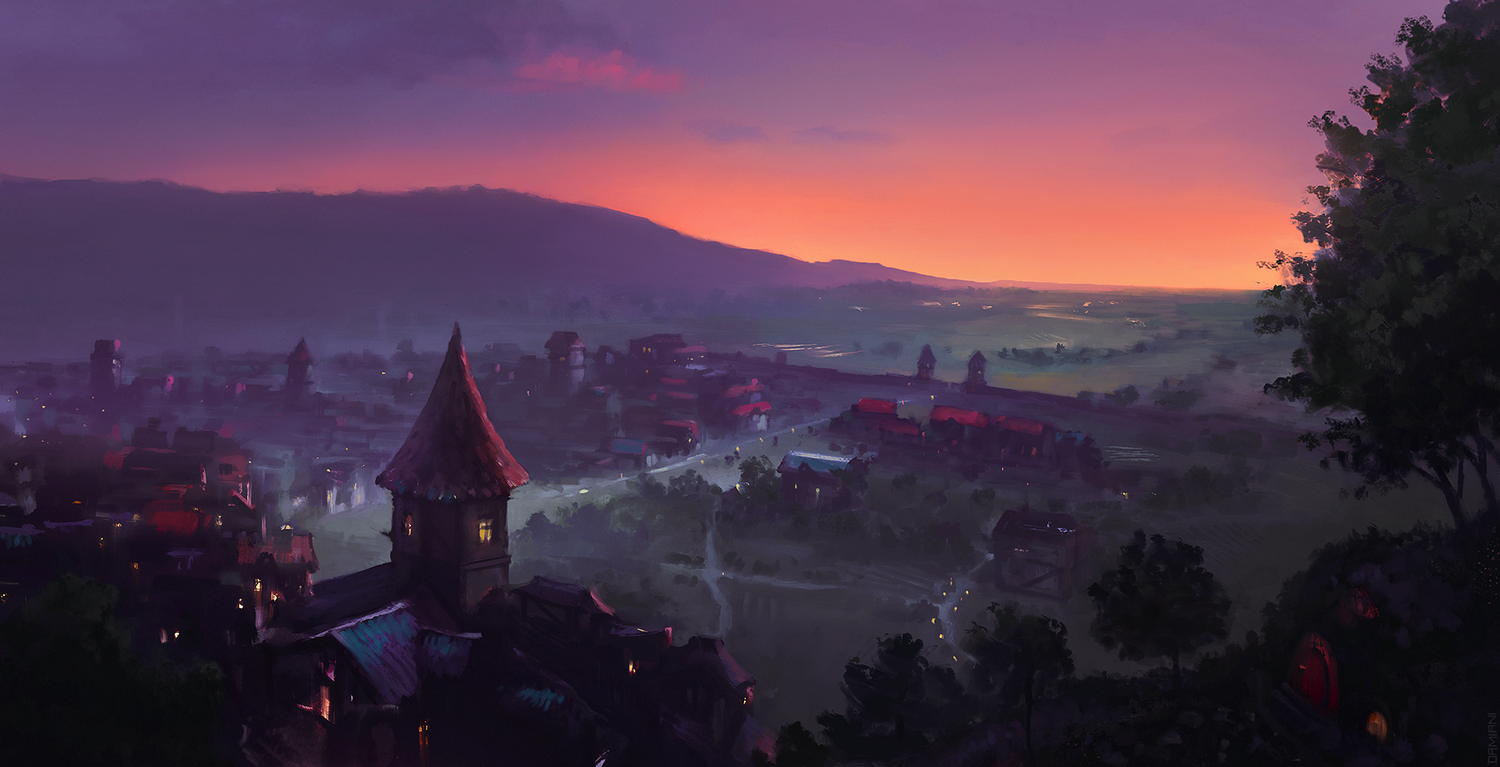












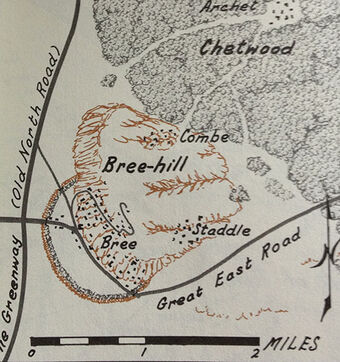
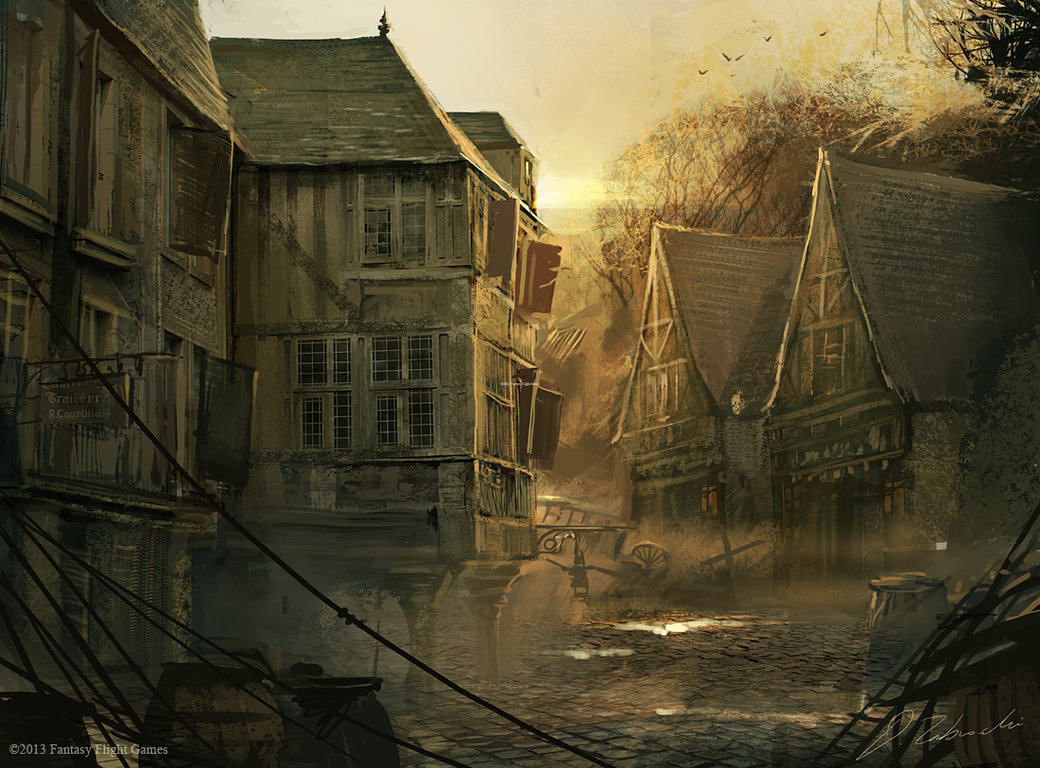
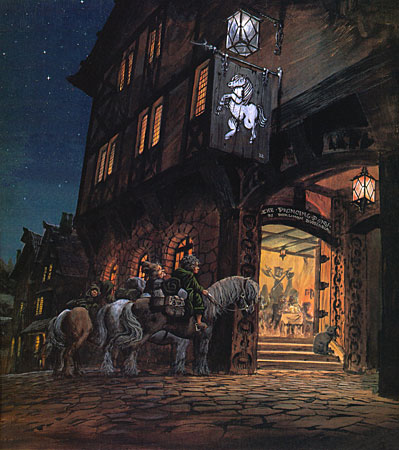
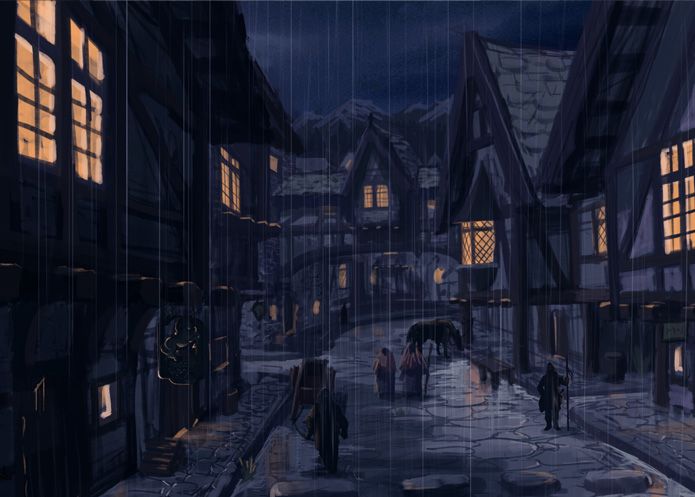
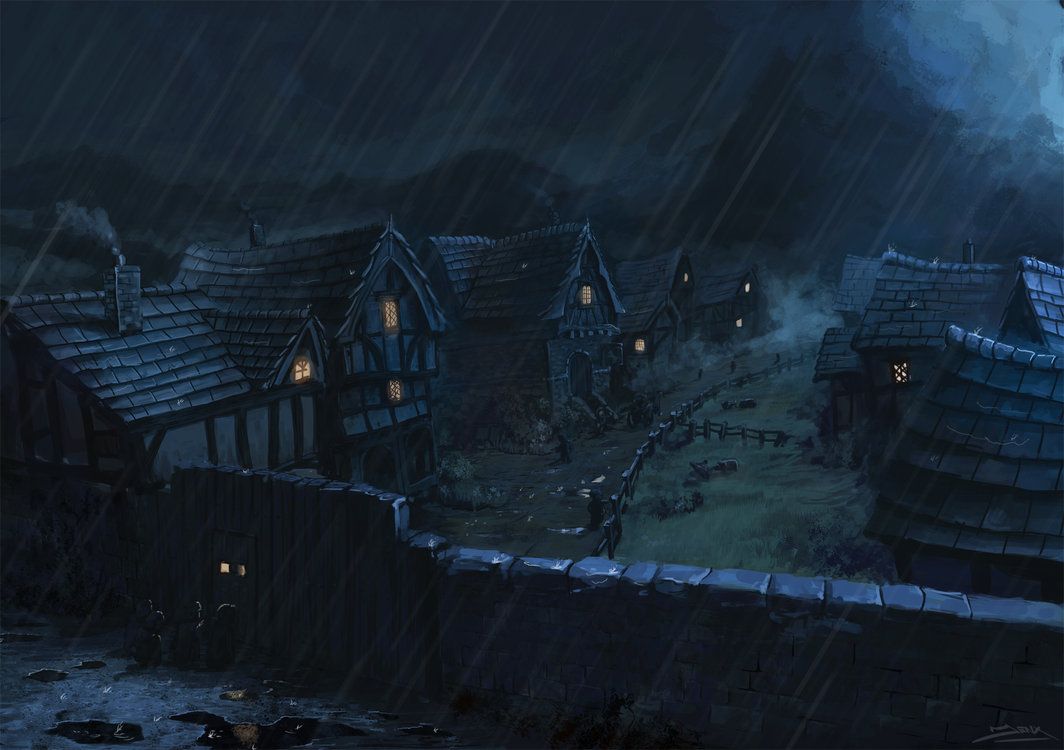
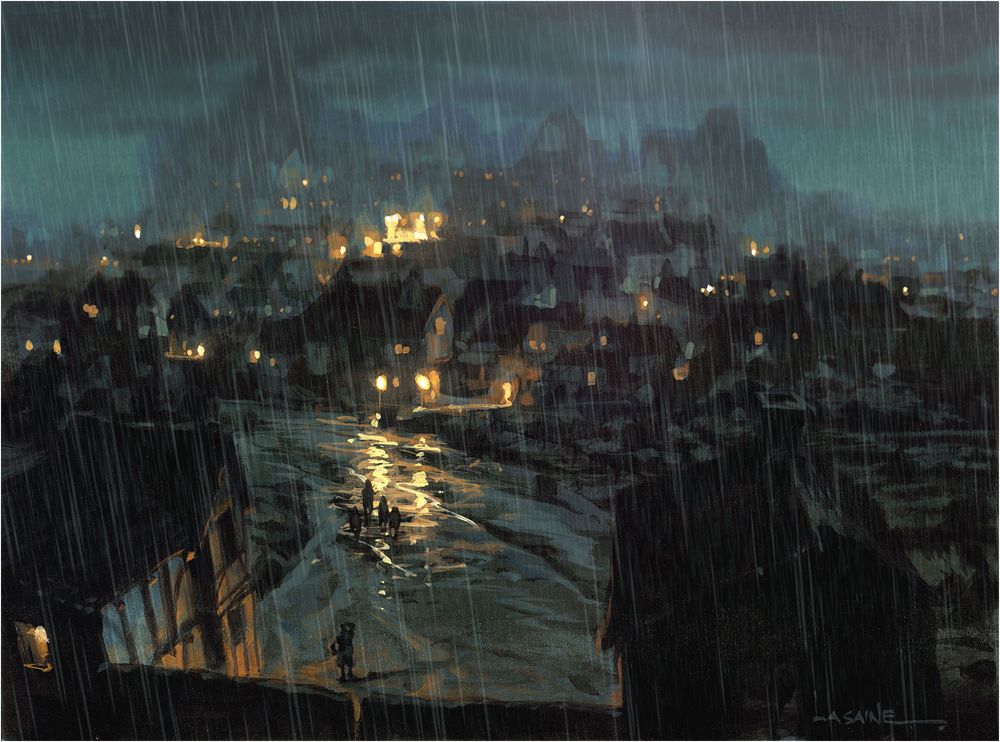

Comments